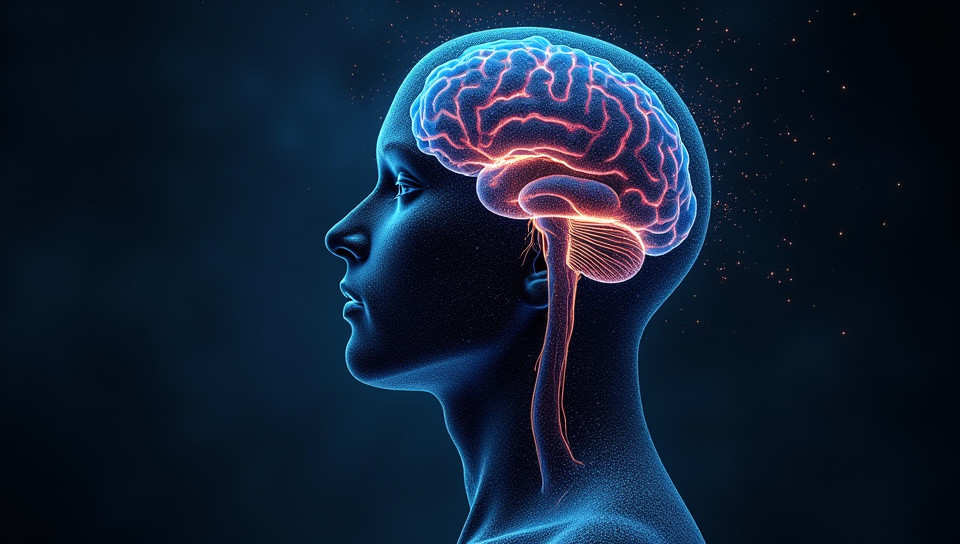Neural activity cannot account for conscious decision-making 68%

The Elusive Mind: Why Neural Activity Falls Short
As we navigate the complexities of human behavior, one question has long fascinated neuroscientists and philosophers alike: how do our brains make decisions? The notion that neural activity can account for conscious decision-making is a popular theory, but recent findings suggest otherwise. In this article, we'll delve into the limitations of neural activity in explaining consciousness and explore alternative perspectives.
The Rise of Neural Correlates
For decades, researchers have sought to identify specific brain regions and patterns of activity associated with conscious decision-making. This approach, known as the "neural correlates" framework, posits that certain brain areas or networks are directly linked to conscious experience. However, this perspective has been challenged by various studies demonstrating that neural activity does not necessarily translate to subjective experience.
The Problem with Neural Activity
One key issue is that neural activity can be highly variable and context-dependent. Different brain regions may show similar patterns of activity in response to a given stimulus, yet the subjective experience of the individual can differ significantly. This discrepancy highlights the limitations of relying solely on neural activity as an explanation for conscious decision-making.
The Importance of Intentionality
Conscious decision-making involves more than just neural activity; it requires intentionality, or the capacity to direct one's attention and actions towards a specific goal. While neural networks can process vast amounts of information, they do not possess this fundamental aspect of consciousness. Without intentionality, brain activity alone cannot account for the subjective experience of making decisions.
The Emergence of Alternative Perspectives
Recent studies have begun to explore alternative explanations for conscious decision-making, such as: - The Global Workspace Theory (GWT), which posits that consciousness arises from the global broadcasting of information within the brain - Integrated Information Theory (IIT), which suggests that consciousness is a product of integrated information generated by the causal interactions within the brain
These frameworks offer promising new directions for understanding conscious decision-making, but they also underscore the complexity and multifaceted nature of this phenomenon.
Conclusion
The relationship between neural activity and conscious decision-making remains an open question. While advances in neuroscience have shed light on various aspects of brain function, they have not yet provided a complete explanation for the subjective experience of making choices. As researchers continue to explore the intricacies of human consciousness, it is essential to acknowledge the limitations of relying solely on neural activity as an explanatory framework. By embracing alternative perspectives and acknowledging the complexity of conscious decision-making, we can move closer to a deeper understanding of this fundamental aspect of human experience.
- Created by: Aada Lehtinen
- Created at: Oct. 14, 2024, 6:27 a.m.
- ID: 12687






